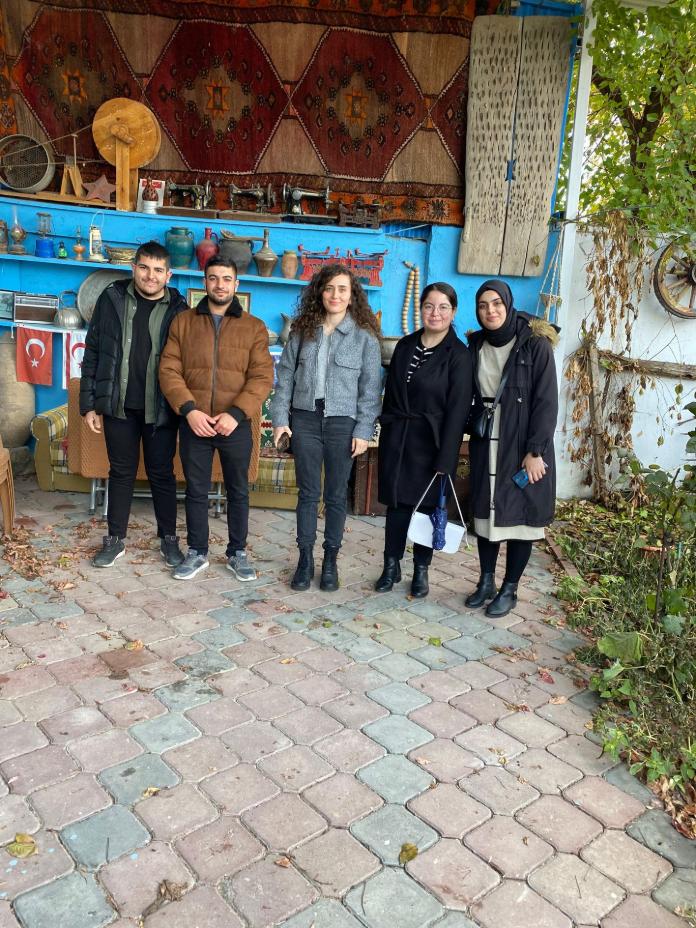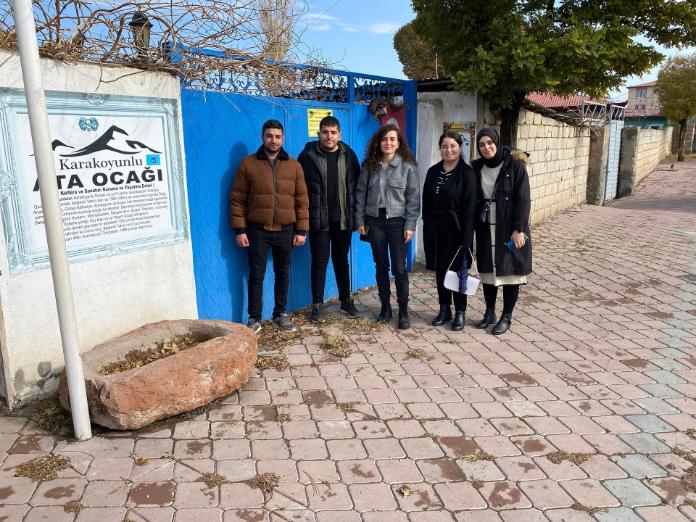As part of efforts to enhance awareness of cultural heritage, Dr. Yasemin Domaç Yaşar, the Deputy Director of the Center for Application and Research on Cultural Heritage Preservation at Iğdır University, organized a field study with students in the Karakoyun district. The group visited the historically significant Ataocağı and ram-headed tombstones, examining these cultural assets in their original settings with the aim of fostering academic understanding and appreciation of the region’s rich cultural history..
The primary objective of this field study was to document the cultural heritage elements of Iğdır and its surroundings, while simultaneously raising awareness about their preservation. Under the guidance of Dr. Yasemin Domaç Yaşar, the participants investigated the architectural and artistic significance of the Ataocağı and the ram-headed tombstones, which hold critical historical and cultural importance. Discussions emphasized the role of these elements in understanding the social and cultural structures of past societies.
Objective and Scope of the Field Study
The primary objective of this field study was to document the cultural heritage elements of Iğdır and its surroundings, while simultaneously raising awareness about their preservation. Under the guidance of Dr. Yasemin Domaç Yaşar, the participants investigated the architectural and artistic significance of the Ataocağı and the ram-headed tombstones, which hold critical historical and cultural importance. Discussions emphasized the role of these elements in understanding the social and cultural structures of past societies..
Significance of Ataocağı and Ram-Headed Tombstones
The Ataocağı represents a vital aspect of the region’s traditional lifestyle and serves as a reflection of collective identity spanning generations. Similarly, the ram-headed tombstones are prominent examples of artistic and cultural motifs transported from Central Asia to Anatolia. During the field study, the inscriptions and motifs on the tombstones were meticulously examined, shedding light on their historical context and cultural significance within the region.
The Ataocağı represents a vital aspect of the region’s traditional lifestyle and serves as a reflection of collective identity spanning generations. Similarly, the ram-headed tombstones are prominent examples of artistic and cultural motifs transported from Central Asia to Anatolia. During the field study, the inscriptions and motifs on the tombstones were meticulously examined, shedding light on their historical context and cultural significance within the region..


